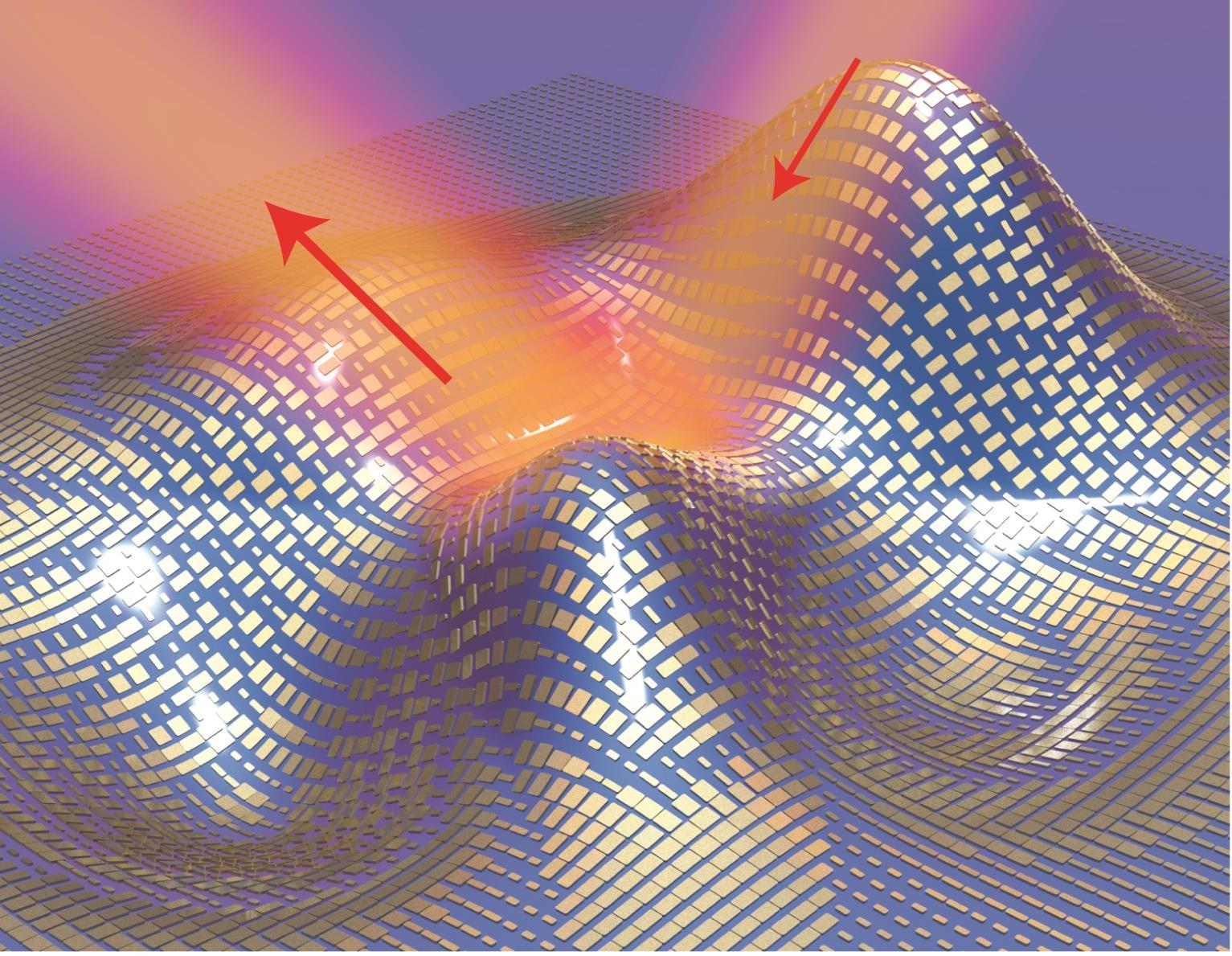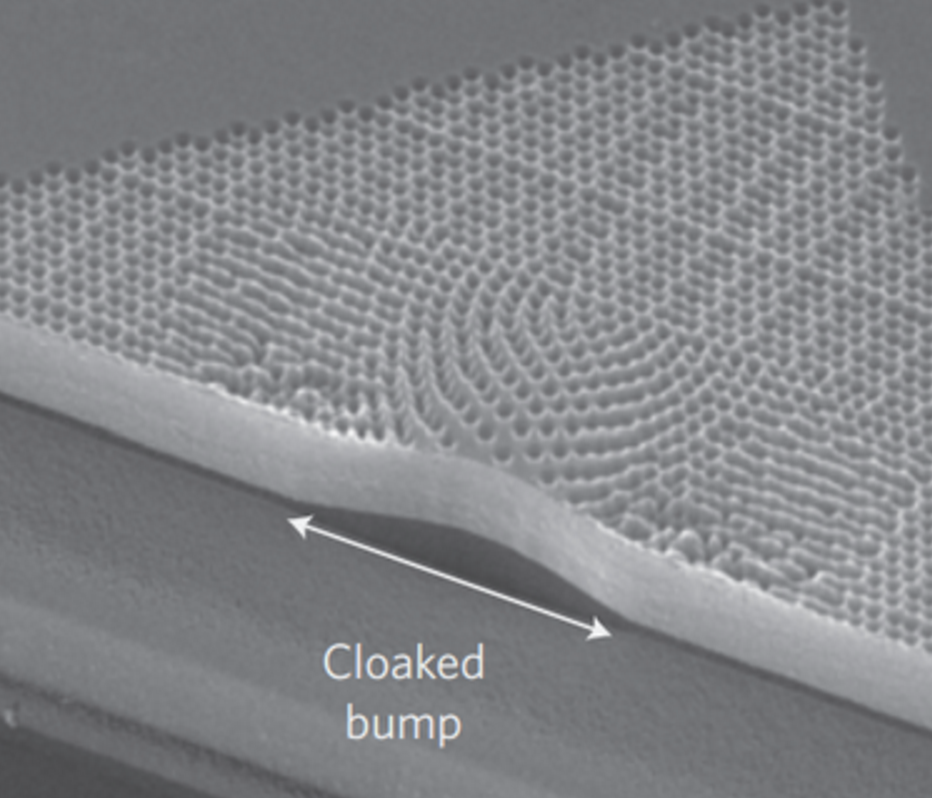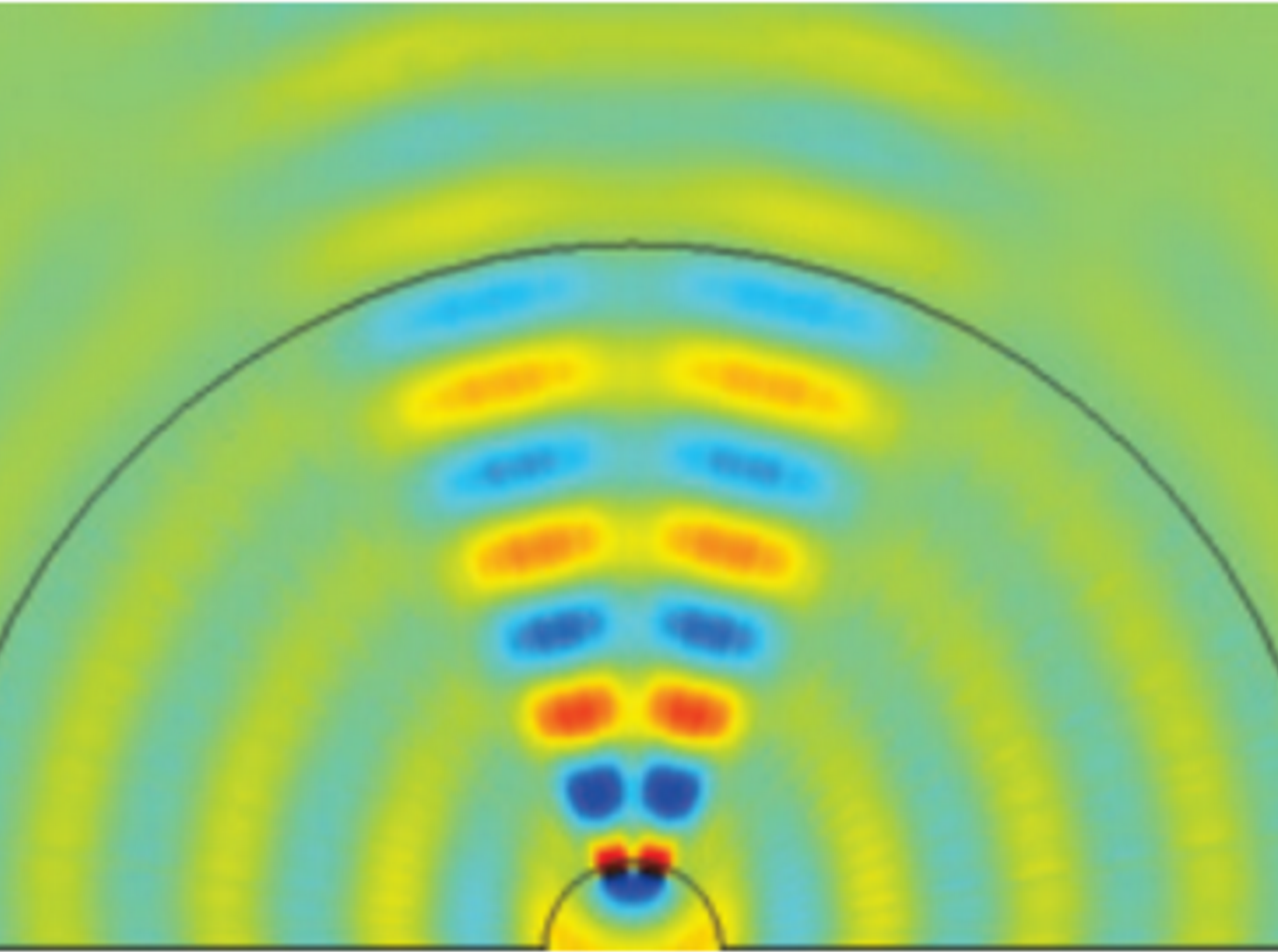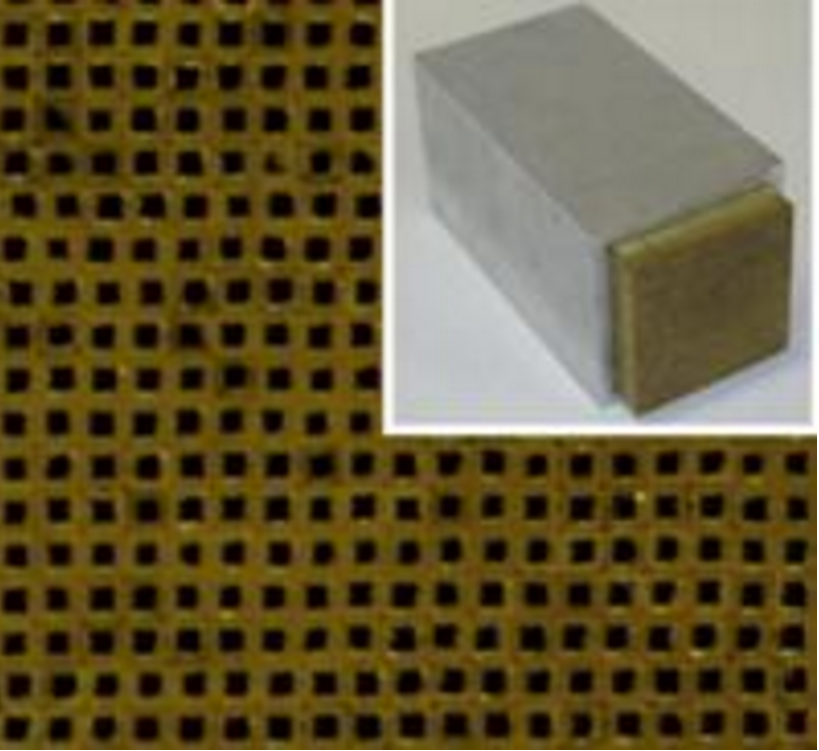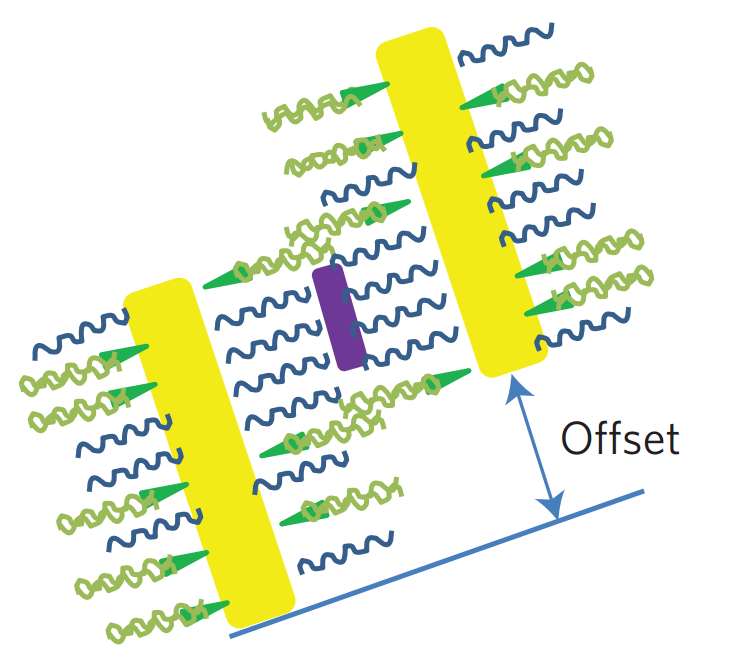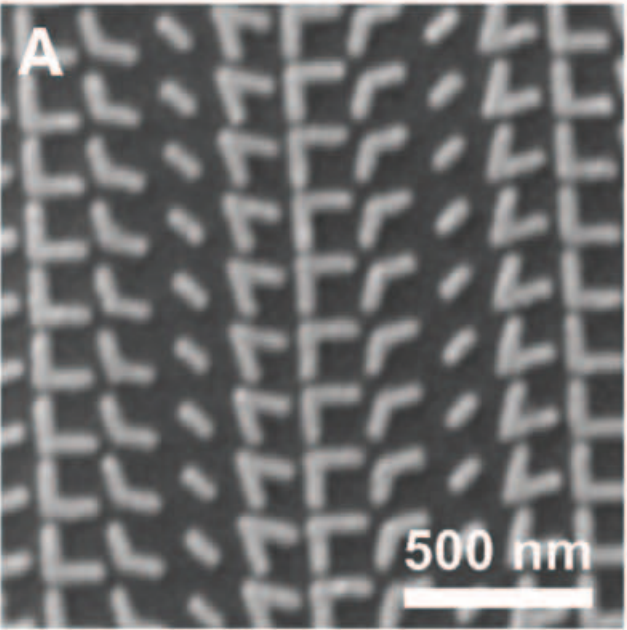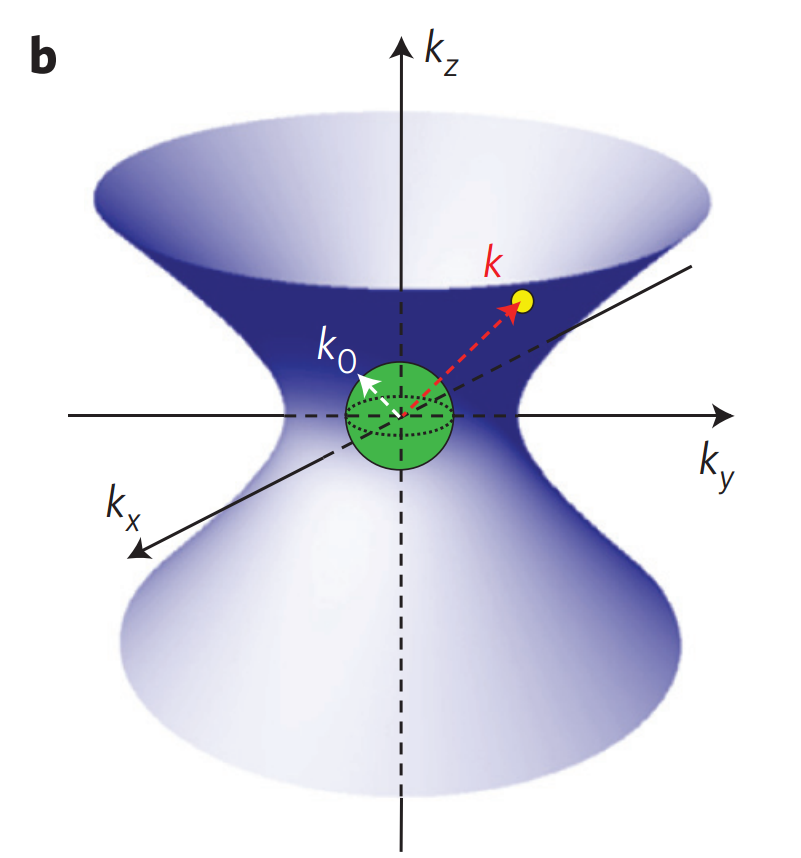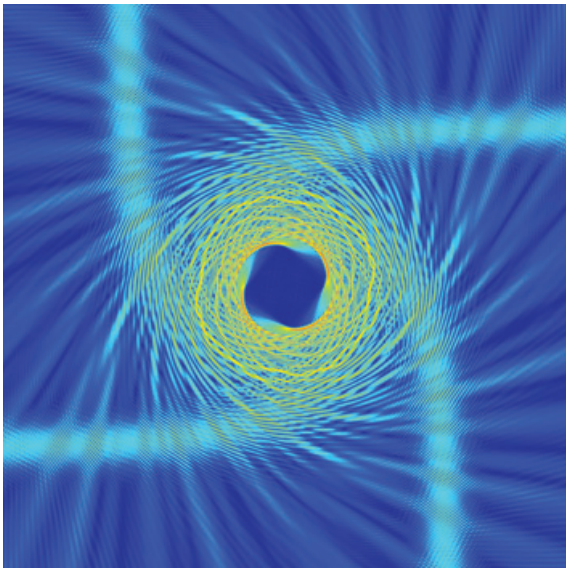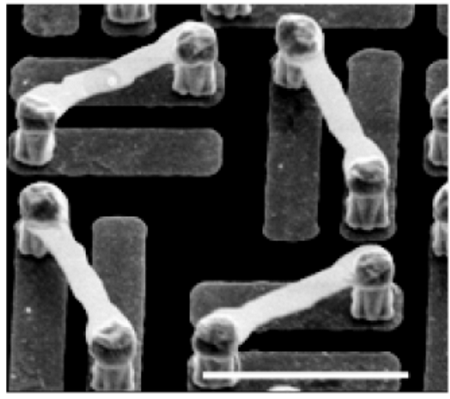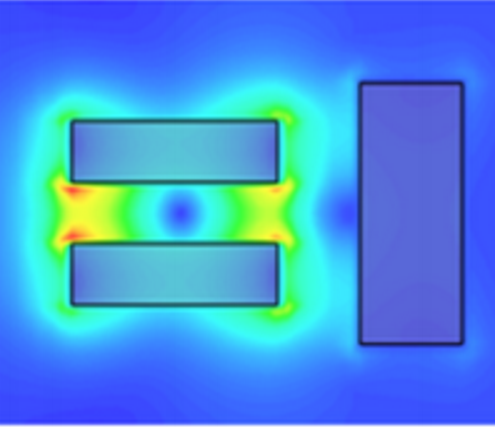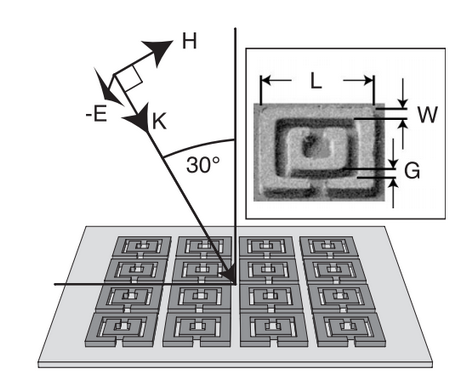Metamaterials are engineered periodic materials that exhibit responses not found in nature. Typically, these refer to the material's electromagnetic interactions, or how these materials can absorb and transmit incident light. For example, we have demonstrated that these artificial materials may have magnetic responses at a terahertz frequency (which cannot be found in nature). Additionally, it is possible to observe other unnatural phenomena such as negative refraction, "black hole" like light behavior, and hyperbolic light dispersions.
Sub-diffraction lenses
Conventionally, optics are limited by the diffraction limit because evanescent waves that carry the sub-wavelength information decay exponentially in the traditionally positive index medium. Theoretically superlenses have a negative index which can enhance evanescent waves and restore the sub-diffraction limited information. In 2005, our group demonstrated near-field superlensing using silver (with a negative permittivity). We embedded images into a chrome layer, which sat below a film of silver and photoresist. The light illuminates the chrome-defined objects and the silver superlens can "image" the features onto the photoresist, with a resolution of 89 nm, much smaller than the typical 300 nm diffraction-limited light.
In addition, we have worked on hyperlenses to magnify sub-diffraction-limited objects and project them to the far-field. By using a curved periodic stack of silver and Al2O3 on a cylindrical cavity, a 1D hyperlens was fabricated. Using the hyperlens, resolutions of 120 nm could be achieved in the far-field. Furthermore, this was applied to a spherical hyperlens to demonstrate 2D imaging down to 160 nm.
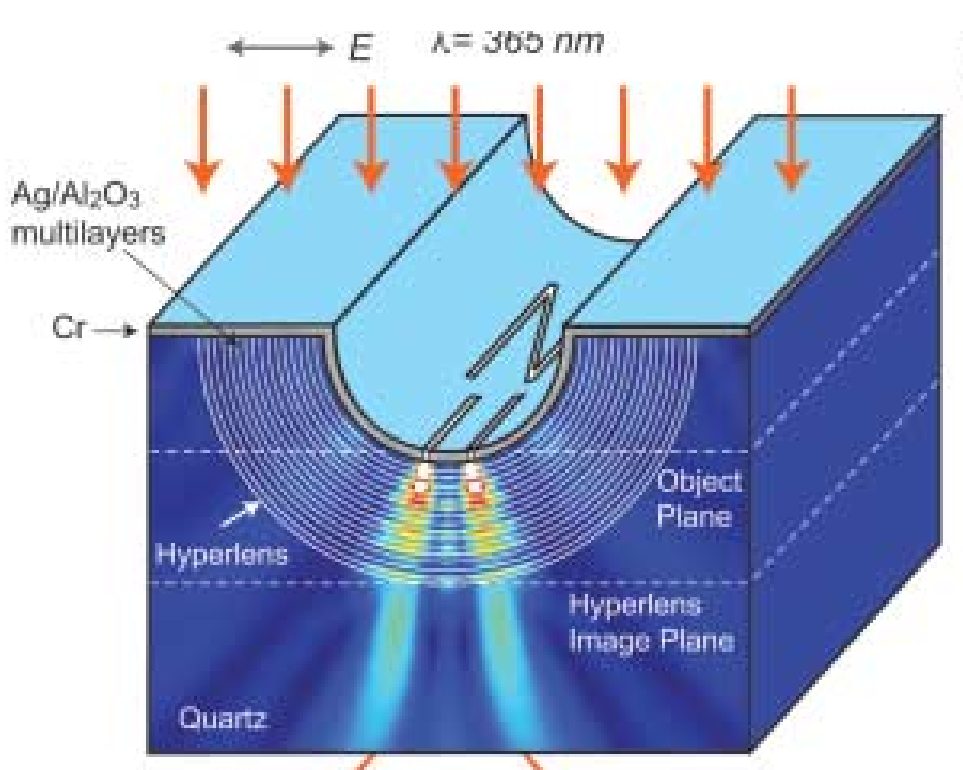
Science
2007
Optical hyper-lens
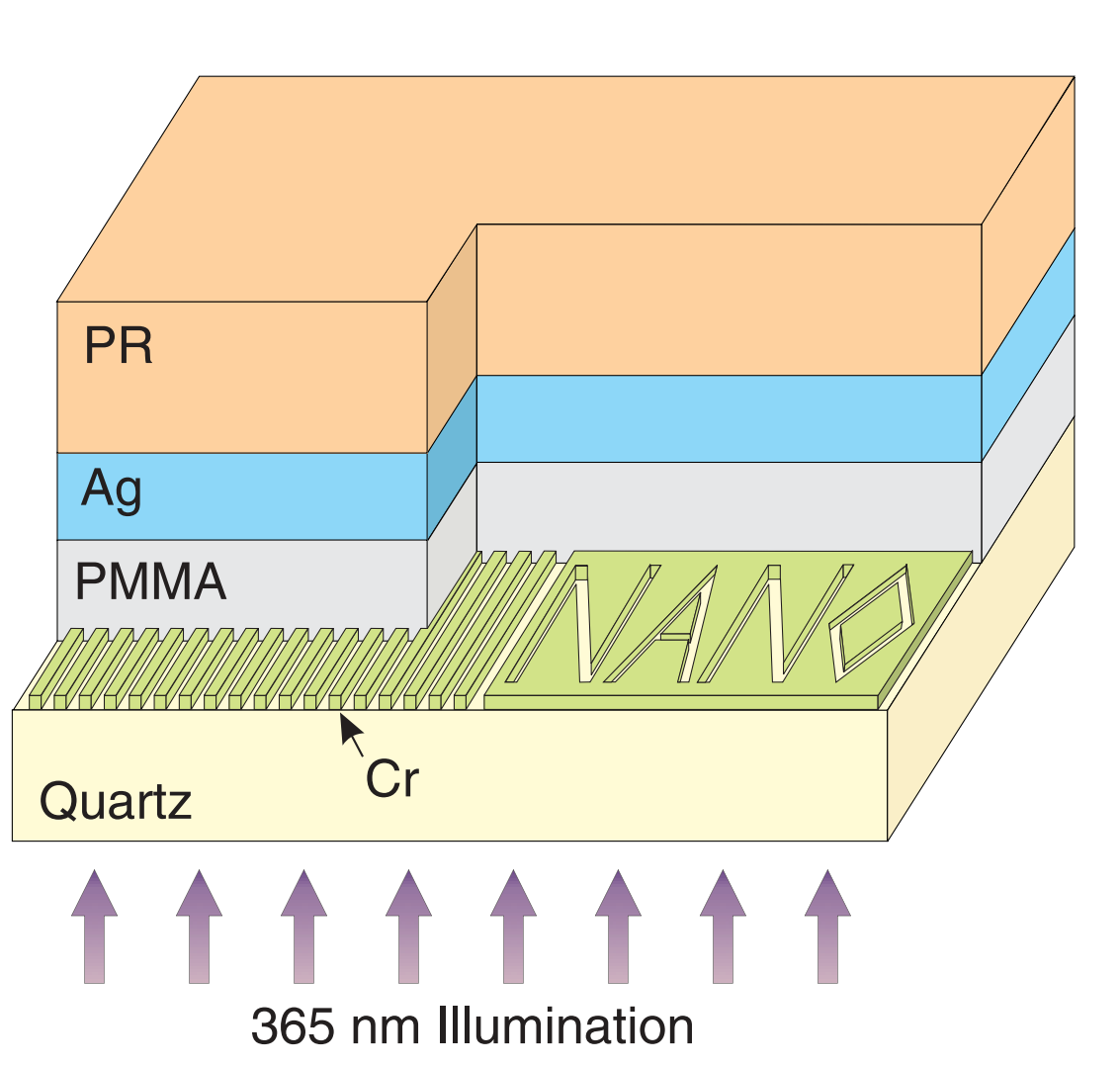
Science
2005
Super-lens
Negative refraction in bulk
Negative refraction is the bending of light in the opposite direction during refraction. We demonstrated that using metal wire arrays, it is possible to have negative refraction for electromagnetic waves propagating along the wires with low loss. This type of structure has a hyperbolic dispersion with TM-polarized negative refraction and TE-polarized positive refraction. Another more direct way of achieving negative refraction is purely through negative index materials. Using metal-dielectric-metal fishnet multilayer stacks, we fabricated a 3D optical negative index material. This metamaterial changes index at different wavelengths, from 0.6 at 1200 nm down to -1 at 1700 nm.
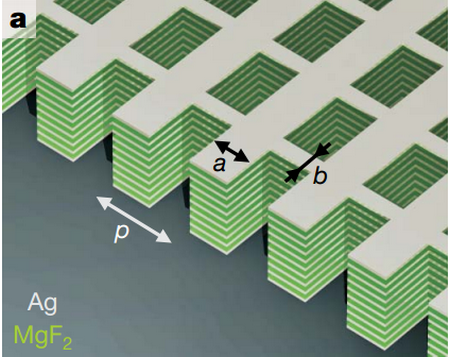
Nature
2008
3D optical meta-materials
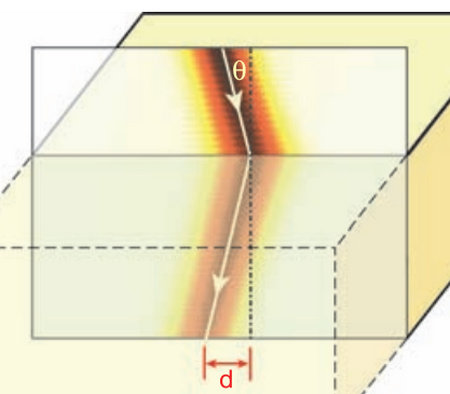
Science
2008
Negative refraction of bulk nano-wires
Cloaking
Invisibility cloaks have long been in human imaginations. Metamaterials provide a unique opportunity to advance in this direction due to their unique optical properties. Using a technique known as transformation optics, a carpet cloak over a bump can be designed to reflect light as if there was no bump there. Transformation optics changes the index along the object such that the light does not see this object. We fabricated a dielectric carpet cloak over a bump which operates at 1400-1800 nm.
Without using transformation optics, it is possible to use a metamaterial surface, or a meta-surface, to be used as an ultra-thin cloak. In the metasurface cloak, the phase of the scattered light and the wavefront are fully restored, perfectly hiding the object. This cloak does not change the index, but instead uses the metamaterial to change the phase. The bump that is being cloaked introduces an additional phase, which by compensating, allows for cloaking of the object.
Nonlinearity
We have also used metamaterials for phase-matching with a zero-index metamaterial. In nonlinear optics, phase-matching is often desired but there is almost always an inherent mismatch between the interacting waves propagating inside the nonlinear materials, due to the material dispersion. The lack of phase-matching results in destructive interference and poor generation efficiency. Though there are many methods of increasing the amount of phase match, it is possible to eliminate this via a zero-index metamaterial. Using four-wave mixing, we observe equal amounts of nonlinear light in the forward and backwards directions. We have also been able to predict the nonlinear properties of metamaterials from their linear properties using nonlinear scattering theory.
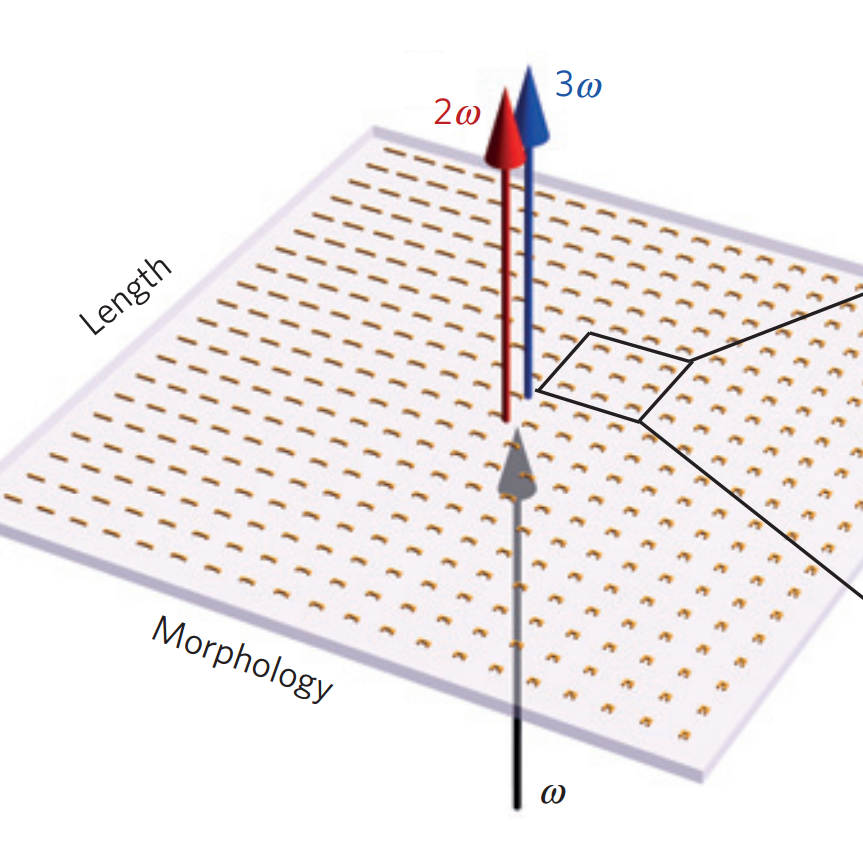
Nature Materials
2015
Non-linear metamaterials
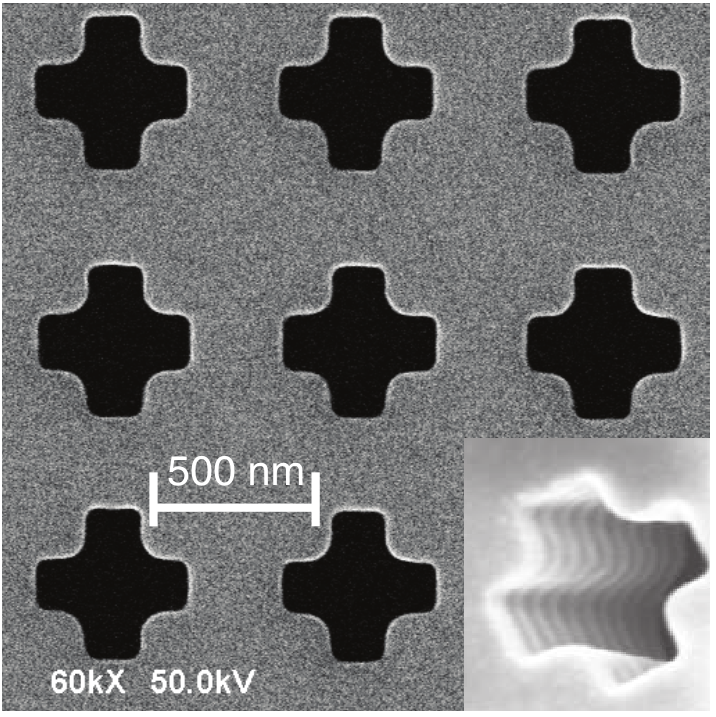
Science
2013
Zero-index metamaterials
Acoustics
Similarly to optical waves, acoustic waves can be manipulated using metamaterials as well. Using similar principles, we have also realized similar metamaterial structures, such as superlenses and hyperlenses, and negative modulus of ultrasonic metamaterials.
